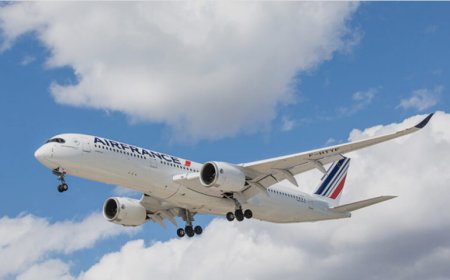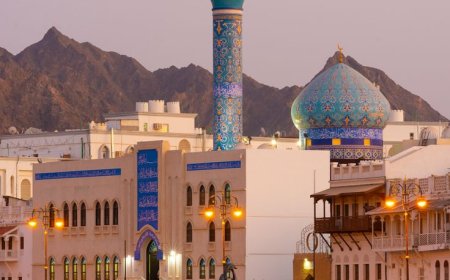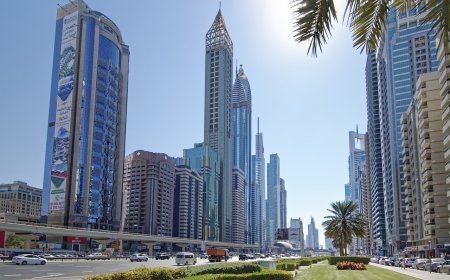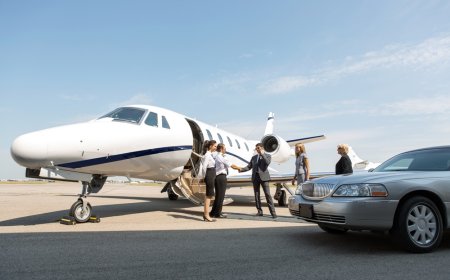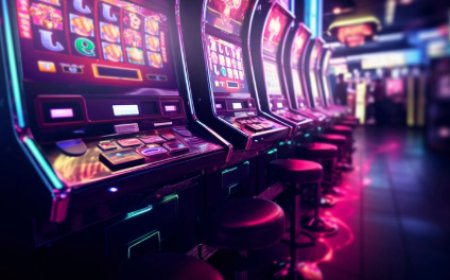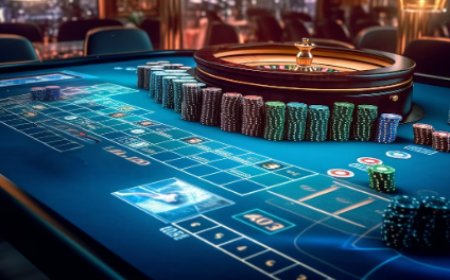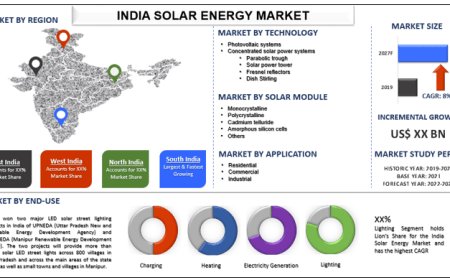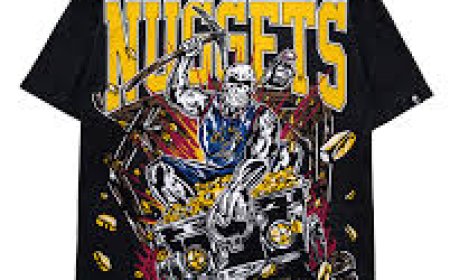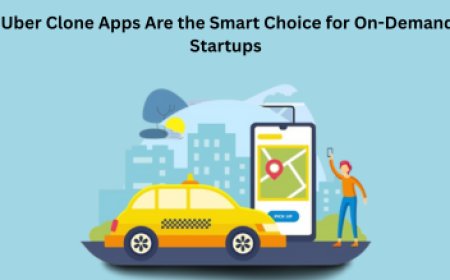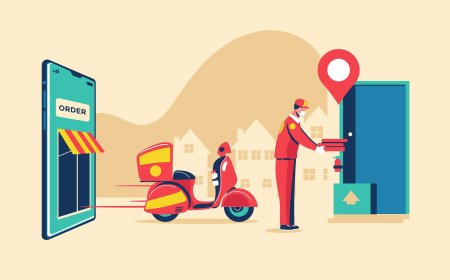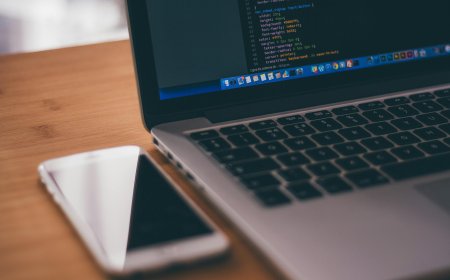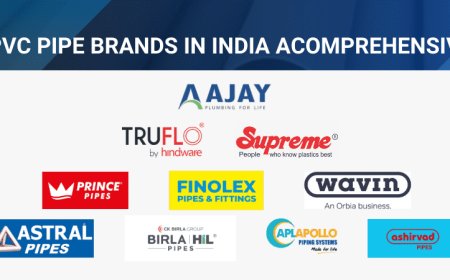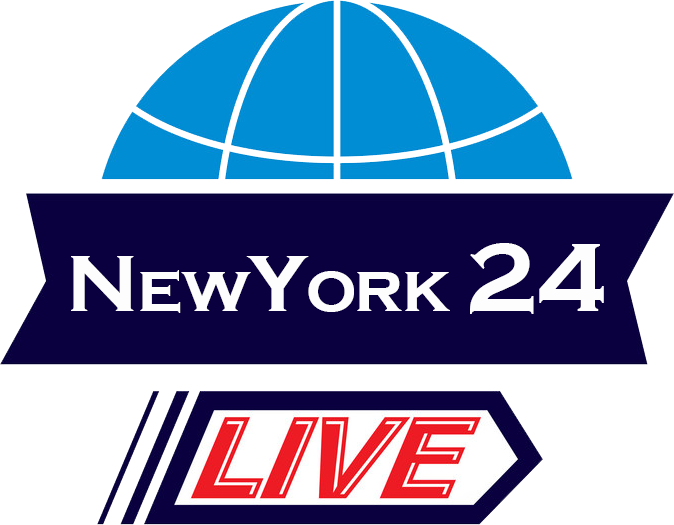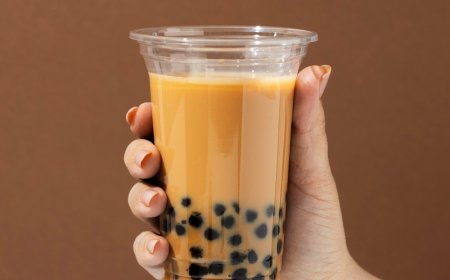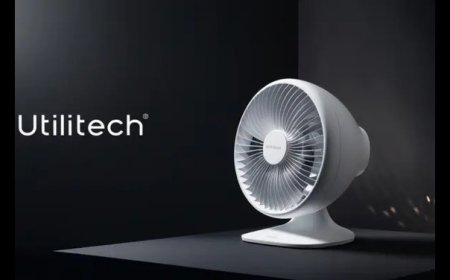The Ultimate Face-Off: PUBG or Free Fire – Who Rules 2025?
The world of mobile games has largely been dominated by battle royale games for almost a decade. These prominent rivalries are PUBG vs Free Fire and now, as we enter into 2025, the debate goes on: which one should wear the crown?
Both PUBG and Free Fire have erupted as global successes, each being a culture in its own right. They provide a dissimilar set of experiences that appeal to different tastes. While one is all about being realistic with tactical gameplay, the other values speed, accessibility, and creativity. To know which one deserves its crown in 2025, we will have to extensively compare them through several factors-everything from gameplay and graphics, to esports, monetization, and influence.
Gameplay Experience
A very glaring difference between these two games would be the gameplay structure. PUBG Mobile suggests a realistic approach. Up to 100 players present on a single map provide long and strategic matches where survival depends on a mix of skill, map knowledge, and tactical decision-making. The game uses realistic gun mechanics; bullet drops, recoil control, and so on, are some of them. There were so many attachments, too, that altered how the weapon behaved. The maps are big and detailed, providing multiple environments from an open field to an urban warfare setup.
In contrast, Free Fire favors rapid-paced action with a tinge of arcade flavor. It supports 50-player battles that mostly last 10 to 15 minutes. Where PUBG goes for a more realistic repertoire, Free Fire puts a few twists on its gameplay with character self-absorptions and abilities. Each character brings a different sort of power to the battlefield-showing healing auras, increasing movement speed, or enhancing combat capabilities. That RPG layer makes the game unique and further creates an alternate kind of strategy to the mix.
Graphics and Optimization
Because BGMI runs on Unreal Engine, it enjoys an edge over Free Fire when it comes to visual artistry. The textures and lighting are more realistic, while environmental effects add atmosphere. In terms of visual detail, you have to pay for performance. The player needs relatively powerful smartphones to enjoy the game on the highest settings, and that can be a blockade in countries where devices are cheap.
Free Fire, being a product of the Unity environment, could not offer something similar in graphic detail, yet it does ensure good performance for budget smartphones. This makes it a highly optimized product-on top of being under-actively honed-so smooth on devices with little RAM and low processing power. Thus, it is the foremost choice in regions like Southeast Asia, Latin America, and India, where high-end smartphone availability is somewhat rare.
Esports and Competitive Play
Within the realm of esports, a very special status has been created by PUBG Mobile. Tournaments like the PUBG Mobile Global Championship, abbreviated as PMGC, are watched by millions and have prize pools that go into millions of dollars. This has created an ecosystem similar to traditional sports where professional competitive gaming goes on, having franchise teams, regional qualifiers, and international finals. Players who want serious gameplay and want to compete on a global level are attracted to it.
Not far behind, there is Free Fire. The Free Fire World series and other regional tournaments have crossed the mark of huge views, bringing online spectators sometimes more in number than those of PUBG. The opposite of Free Fire has grown from the grassroots. It involves local communities and builds an ecosystem that allows amateur players to join and learn. This inclusivity has made it a top choice in markets where mobile gaming is considered primary entertainment and a social platform.
Monetization and Content
Microtransactions keep the major revenue streams active for both games. PUBG Mobile relies on a more traditional approach: weapon skins, outfits, vehicle wraps, and the Royale Pass system. These cosmetics are often tied to limited-time events and collaborations with big brands or celebrities. Over the years, the company has collaborated with franchises such as Marvel, Godzilla, and Tesla, among others, to provide exclusive in-game content that increases engagement and spending.
Free Fire, however, takes a more accessible and timely approach, with almost weekly releases of skins, bundles, and character outfits. The monetization tends to be localized and very much catered to the region, sometimes featuring local celebrities and cultural icons. This strategy has greatly enabled its loyalty within a very diverse player population. Free Fire represents a textbook example of how pop culture integrations keep players entertained, as evidenced by their ongoing partnerships with Cristiano Ronaldo and Indian cricket legend MS Dhoni.
Community Engagement
When it comes to building the community, Free Fire takes the lead. It has built a massive ecosystem of influencers and content creators. The developers, Garena, promptly keep releasing paid updates, events, and season themes based on player feedback. The game will be changing to make sure players will stay interested above all.
PUBG Mobile also keeps a good relationship with its community, though it takes a more structured approach. It has many seasonal events, custom rooms, and clan systems. Still, some players had complained about the presence of bots in low-tier matches, something that can hamper the whole experience for fresh players. Developers made efforts to fix those issues, including in the enhanced anti-cheat and matchmaking system, but it remains a challenge.
Regional Popularity and Accessibility
Free Fire's rise to fame, for the most part, is powered by accessibility. Minimal hardware setup and quick match formats make it the preferred choice in countries where mobile data or device limitations exist. Even being banned for some period in India, Free Fire had an extremely loyal fan base, and from the moment it was relaunched with Free Fire MAX and regional ambassadors, the interest was rekindled.
PUBG Mobile was likewise banned in India on the grounds of data privacy concerns. Krafton came with Battlegrounds Mobile India (BGMI), and it has since regained its momentum, with the Indian player base casting a large shadow. Globally, PUBG continues the aggressive penetration in regions like China, North America, and Europe, where mid-to-high-end devices exist in large numbers.
Final Thoughts
The year 2025 finds PUBG Mobile and Free Fire, as it were, in full swing, evolving and providing unique, engaging experiences to millions of players worldwide. For those who seek a realistic, strategic, and immersive battle royale experience, PUBG Mobile is the perfect candidate. Free Fire is fast-paced and easy to operate, opting instead for innovation and local adaptation.
It all boils down to who you consider yourself to be as a gamer. The crown might sit differently according to some, depending on whether they appreciate hardcore tactical action or fast-paced action with an innovative glitz. One thing is for sure, though: Both games rightfully earned their places at the zenith of mobile gaming and are not planning on stepping down anytime soon.
Also Read-
BGMI Redeem Codes: Updated BGMI Redeem Codes List (May 2025)





